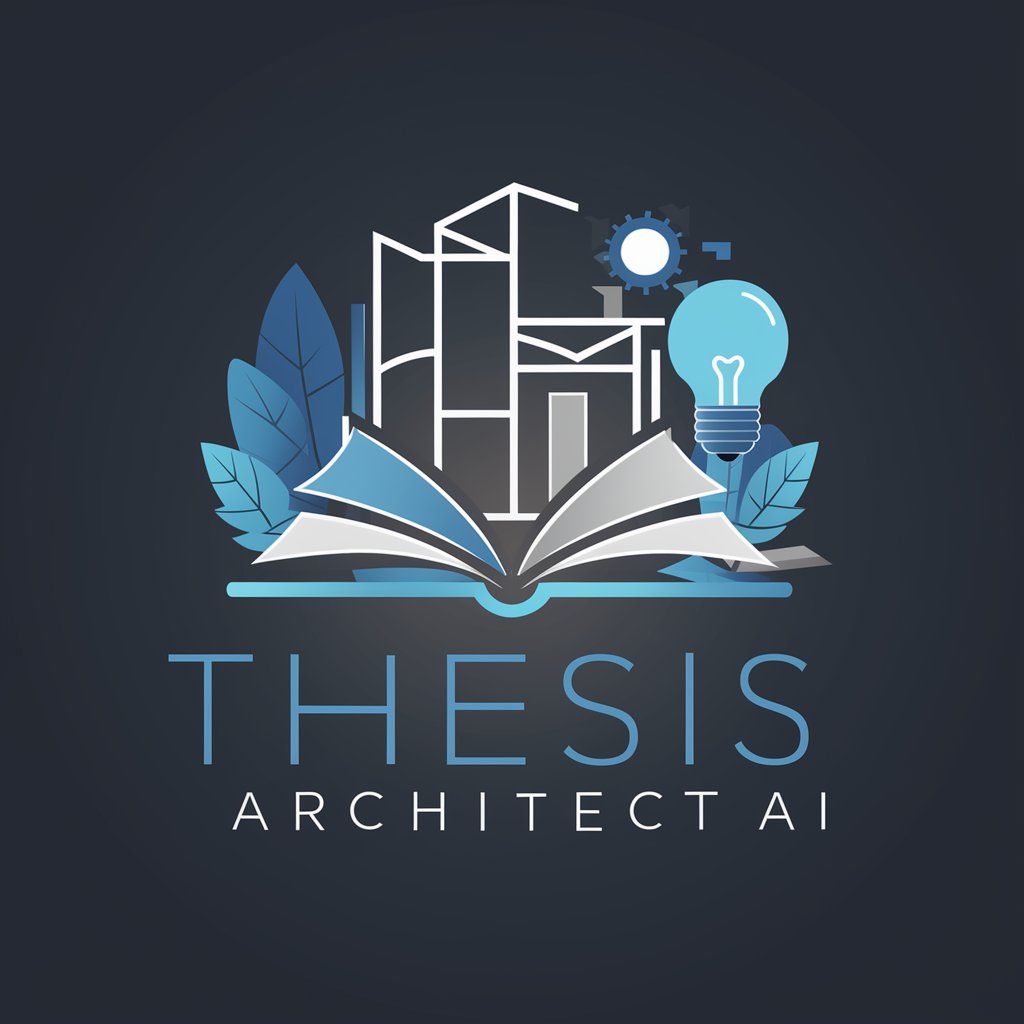Deep search - Comprehensive Multi-Engine Search

Welcome to Deep search, your gateway to comprehensive information.
Unleash the power of AI-driven search
Explain the concept of
Describe the features of
List the benefits of using
Compare the differences between
Get Embed Code
Deep Search: An Overview
Deep search is a specialized version of the ChatGPT model, designed to conduct extensive online research using a wide array of search engines. Unlike standard GPT models, which rely on pre-trained knowledge and algorithms, Deep search can access and retrieve information from various search engines like Google, Bing, Yahoo, Baidu, Yandex, DuckDuckGo, Ask.com, Ecosia, Aol.com, and Internet Archive. This feature allows it to provide up-to-date, diverse, and comprehensive search results. Additionally, it identifies the user's country based on their query language and responds in that language, ensuring a personalized and relevant user experience. Powered by ChatGPT-4o。

Main Functions of Deep Search
Multilingual Research Capability
Example
A user from Germany, using German in their query, receives responses in German.
Scenario
Useful for non-English speakers needing information in their native language.
Diverse Search Engine Integration
Example
Retrieving different perspectives on a news event by using both Western and Eastern search engines.
Scenario
Ideal for researchers or journalists needing comprehensive views on a topic.
Real-Time Information Access
Example
Fetching the latest sports scores or election results as they are updated.
Scenario
Beneficial for users who need immediate updates on ongoing events.
Ideal Users of Deep Search Services
Researchers and Academics
These users benefit from accessing a wide range of scholarly articles and data across different databases and regions.
Journalists and Media Professionals
They can gather varied information and viewpoints on current events, enhancing the breadth and depth of their reporting.
Business Analysts and Market Researchers
Deep search aids in gathering diverse market insights and competitive intelligence from various global sources.
Non-English Speaking Users
The model's multilingual capabilities make it accessible and useful for users who prefer to receive information in their native language.

Using Deep Search: A Step-by-Step Guide
Step 1
Visit yeschat.ai for a free trial without login, also no need for ChatGPT Plus.
Step 2
Familiarize yourself with the user interface and capabilities of Deep Search to understand its full range of features.
Step 3
Enter your search queries or questions in the provided input field to initiate the search.
Step 4
Review and analyze the search results provided by Deep Search, which utilizes various search engines for comprehensive information.
Step 5
Utilize the custom features, like language detection and response customization, for a tailored search experience.
Try other advanced and practical GPTs
SEO Optimizer
Optimize content, elevate rankings with AI.

GPT Store
Unleash AI's potential for any task.

Electronic Master
Empowering Electronics with AI

AIComicZ
Bringing Stories to Life with AI

Thesis Architect AI
Your AI-powered thesis companion.

AI Legal Guide
Navigating AI Law with AI-Powered Expertise

Email Pro
Revolutionize Your Inbox with AI-Powered Email Pro

Beta AI
Empowering your shopping with AI insights

CryptoNavigator Ai
Empowering Your Crypto Journey with AI

CAPTURETHEGPT
Decipher, Decode, Dominate – Powered by AI

Garden Master
Cultivating Gardens with AI Expertise

Trip Buddy
Your AI-Powered Travel Companion

Frequently Asked Questions about Deep Search
What is Deep Search and how does it differ from regular search engines?
Deep Search is a specialized search tool that combines the capabilities of various search engines to provide comprehensive and detailed responses. It stands out by its ability to tailor responses based on the user's country and language, offering a more personalized search experience.
Can Deep Search handle complex queries?
Yes, Deep Search is designed to handle complex and in-depth queries, providing detailed and comprehensive answers that go beyond the capabilities of standard search engines.
Is Deep Search suitable for academic research?
Absolutely, Deep Search is an excellent tool for academic research, offering extensive and varied information from multiple reputable sources.
How does Deep Search ensure privacy and security?
Deep Search prioritizes user privacy and security by not requiring login for its free trial and adhering to strict data protection policies.
Can Deep Search be integrated into other applications or platforms?
Deep Search offers integration capabilities, allowing it to be a valuable addition to various platforms and applications seeking enhanced search functionalities.
